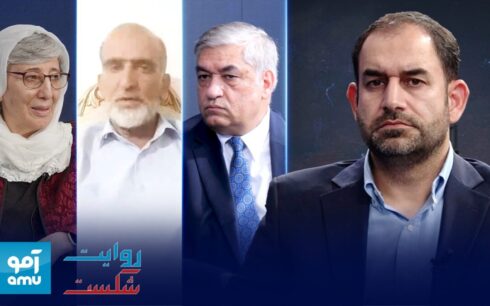On this day two years back, the provinces of Badakhshan and Kunduz in the northeastern regions of the country had fallen to the Taliban.
Simultaneously, August 11, 2021 saw the former president convening a gathering within the presidential palace to present the nation’s freshly appointed army chief to the members of his cabinet.
As the day progressed, a sense of urgency surged among various nations, prompting them to initiate the evacuation of their personnel through the pivotal conduit of Kabul’s international airport. The diplomatic corridors brimmed with palpable tension, a portent of the events that continued to unfurl.
Notably, the former president, Mohammad Ashraf Ghani, embarked on a journey to the city of Mazar-e-Sharif in the north. Here, he engaged in deliberations with key political leaders, all while Taliban offensives surged in regions as diverse as Tarinkot and Kandahar in the south. These strategic maneuvers underscored the unsettling juxtaposition of political dialogues and military escalations.
Amidst this turbulence, Hibatullah Alizai assumed his weighty mantle as the country’s new army chief. His inauguration transpired against a backdrop of cascading regional losses, as territories succumbed to the Taliban’s advances throughout the opening weeks of the month.
Of particular note, the 217 Pamir Corps, emblematic of Kunduz, became both the final bastion to capitulate in the province and the first army corps in the country to surrender to the Taliban on that consequential day.
The date of August 11, 2021, marked a juncture for international diplomatic missions. While no embassy had shuttered its doors in Kabul by this point, a segment of the United States embassy operations had been transferred to the fortified confines of Kabul’s international airport. Canada, in kind, embarked on evacuating its diplomatic personnel, emblematic of the widening apprehensions and ongoing exodus.
Central to these events were the vexing questions concerning the role played by international partners, particularly the United States. The efficacy of their contributions in bolstering the republic was a subject of earnest inquiry. As posited by Shahussain Murtazawi, a former presidential advisor, the intervention of international actors had inadvertently eroded the internal legitimacy of the government.
“The governance structure had become increasingly fragmented, evolving into a coalescence of competing interests,” Murtazawi said.
While the government grappled with internal challenges, pockets of stability persisted. Faryab and Balkh provinces in the north remained under the government’s aegis. Within the realm of Balkh, clandestine discussions took shape as Ghani engaged in dialogue with Atta Mohammad Noor, a former governor and a Jamiat-e-Islami leader, as well as other influential figures like Abdul Rashid Dostum, Mohammad Mohaqeq, and Juma Khan Hamdard. Amidst these deliberations, Dostum resolutely affirmed his commitment to quelling the Taliban’s ascendance in the northern reaches, invoking a sense of determination.
Concurrently, on the diplomatic stage, Abdullah Abdullah, the former head of the High Council for National Reconciliation, took center stage in Doha. His presence at the “Troika plus” meeting was marked by a solemn warning to the world. Abdullah contended that the Taliban’s quest for power was inexorably intertwined with a military strategy, a cautionary note resonating beyond the conference room.
As the timeline progressed, the Taliban’s momentum proved unyielding. From August 6 to August 10, 2021, their dominion expanded to encompass nine provinces—Nimroz, Jawzjan, Kunduz, Badakhshan, Baghlan, Samangan, Sar-e-Pul, Takhar, and Farah. This ominous march cast a shadow that foretold Kabul’s impending fall, a mere four days hence.





